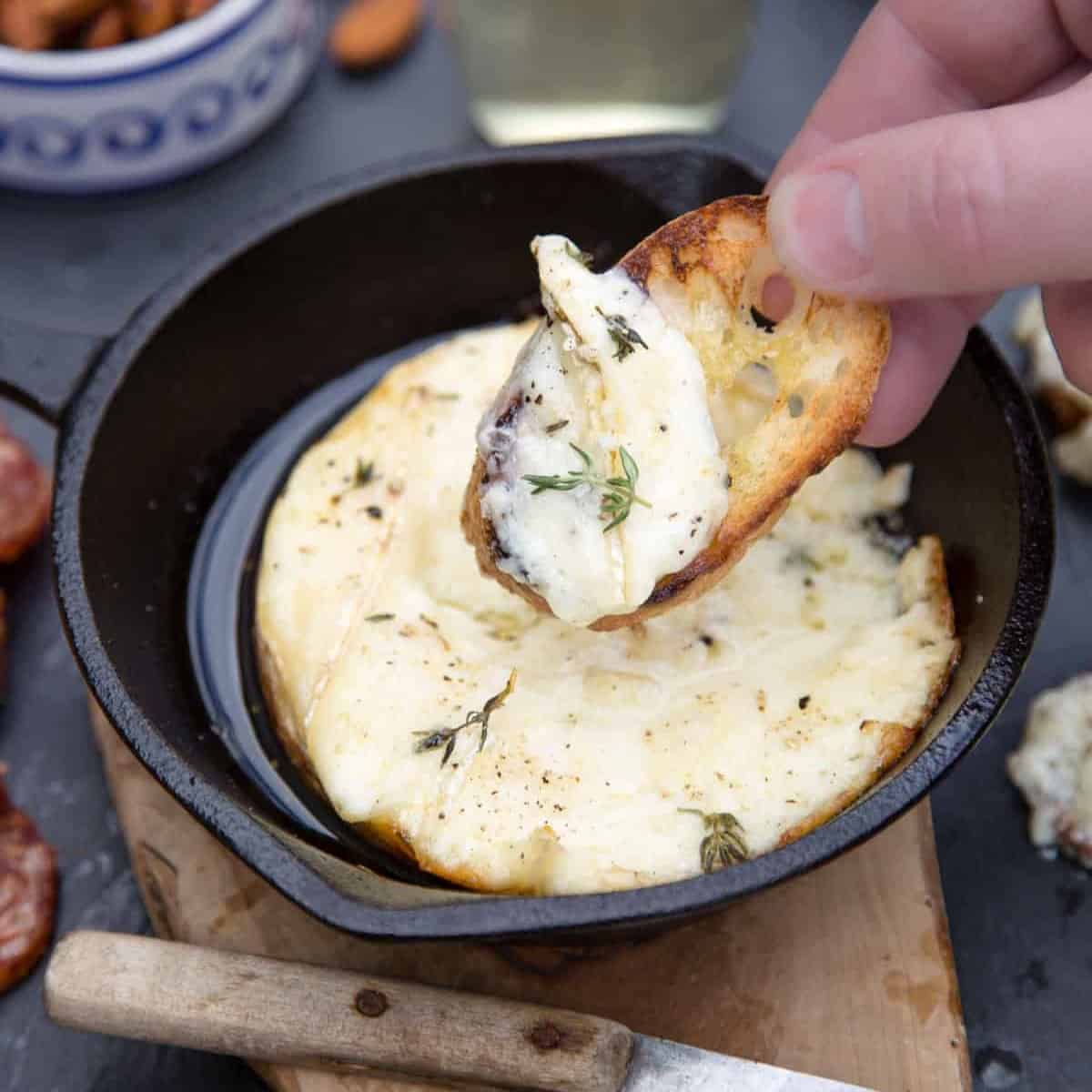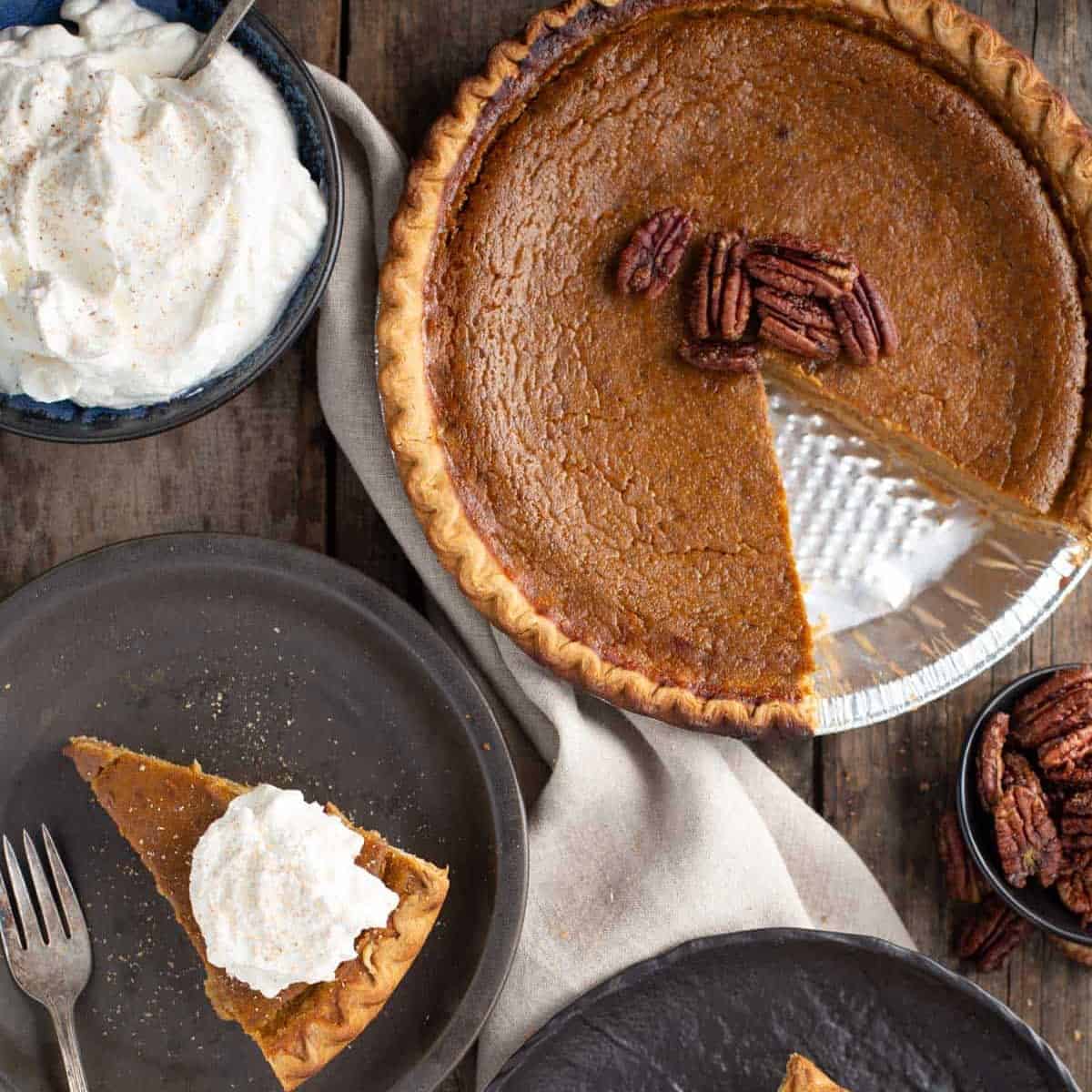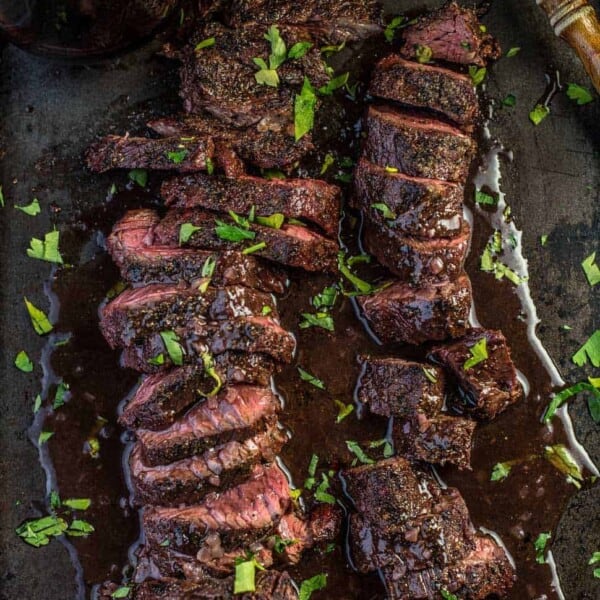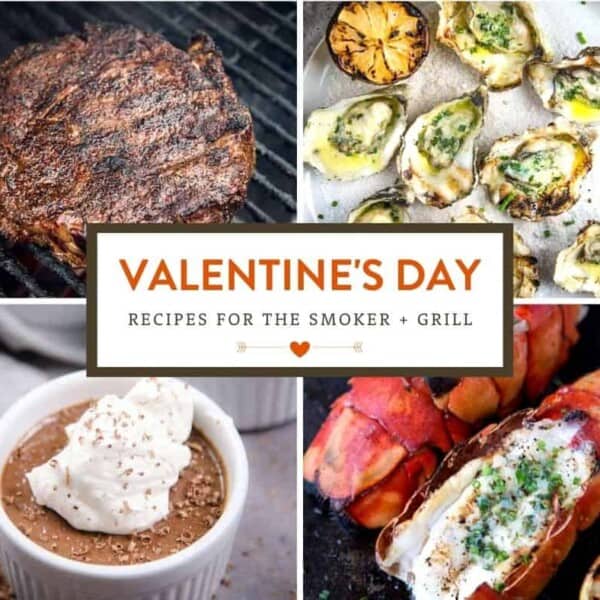Pairing Wine with Food: The Basics
Mar 11, 2010, Updated May 15, 2024
This post may contain affiliate links. Read more at our disclosure policy.
Learning how to pair Wine and Food doesn’t need to be scary or intimidating. By understanding just a few key tips, you can learn how to pair wine and food like a pro simply by understanding the basics. Let’s go!

Table of Contents
As a food and wine writer, sommelier, and author of Fire + Wine cookbook, I’m often asked advice on pairing wine and food.
And while I love to geek out beyond the fundamentals in some of my classes and events and delve into the subject, I decided to keep this simple and focus on the basics. If you want even more detail on wine check out my article on how to taste wine like a professional or check out my cookbook (there’s an entire chapter on the subject!).
This post is dedicated to those who don’t have time to attend one of my lengthier classes where we geek out and dive in deeper on the fundamentals and science of food and wine pairing. Instead, I am presenting this information (below) as a basic starting point for any beginner.
I have also included an easy-to-use, downloadable, wine and food pairing chart. Simple, yet fundamental, suggestions as you get started on your wine and food pairing journey. I hope you enjoy it!
Rule One For Paring Wine With Food
Drink what you like!

First and foremost, I believe wholeheartedly that you should drink what you like! Even if you are drinking Sauvignon Blanc with t-bone steak. If that’s what you’re craving then by all means go for it. There are no right or wrong answers when your palate is craving something. But if you want to try to heighten your food and wine experience then here are some simple guidelines.
The Basics of Pairing Wine and Food
Synergy: Don’t Overpower the Food
Food and wine pairing is about synergy: the food should not overpower the wine, nor should the wine overpower the food.
Key word – BALANCE.
Two ways to achieve this synergy is to pair wines with foods that can either complement or contrast each other:
- Complement means understanding you want to pair like kind with like kind. The taste of the wine should complement the taste of the food in style, body, and weight, thus ultimately enhancing the flavors of each other.
- Contrasting refers to pairing opposites. An example of this would be pairing sweet wine with a salty dish, or sweet wine with spicy dish, thus toning down the dominating flavor (whether that flavor may be spicy or sweet).

Acidity Level
- Complement: The acidity of the dish should be matched by the acidity in the wine, like pairing Sauvignon Blanc with ceviche. Both with ample levels of acidity.
- Contrast: Pair high acid wines with fatty foods, like duck, pork, charcuterie, cheese, to cut through the fat and richness of the dish. Sparkling wine with rich melted brie (seen below) is a great example of a lean high acid wine cutting through the richness of the fatty cheese.
Would you like to save this?

Sweetness Level (i.e. sugar)
- Complement: The sweetness of a dish should be matched to the sweetness of the wine. Be careful because the perceived sweetness in a dish may not match that of the wine.
- Contrast: Sometimes sweet wine can go with spicy food creating the contrast and a cooling mechanism for the hot and spicy food. Or pairing sweet and salty (think chocolate covered pretzels… yum!). A favorite example to demonstrate this idea with wine is pairing a sweet dessert wine, like late harvest white wines or ice wines paired with blue cheese.

Body/Weight
The weight of a dish should be matched by the weight of the wine.
- Full with full: Rich, heavy meat with full-bodied red wine.
- Light with light: Light white fish with unoaked, light-bodied white wine or rosé.

Intensity
If a food is intense in flavor, then the wine should also be intense in flavor and vice versa.

Easy to Use Free Wine and Food Pairing Chart
(suggested pairings, a good place to start on your food and wine pairing journey)
These are just the basics. If you really want to geek out with me and learn the ins, outs, whys, and hows of wine and food pairing, please search throughout our website
or visit our Facebook page for ideas. You can also read the chapter on pairing wine and food in my cookbook, Fire + Wine.
If you have any specific questions on pairing wine with food I’d love to hear them! Or, if you have a perfect pairing that you would like to share please leave a comment. I’d love to hear your ideas!
For a downloadable version of this chart please click on the link: Download Wine & Food Pairing Chart
Tried this recipe? Give us a star rating and we would love to see! Mention @vindulge or use the hashtag #vindulge on all the social media handles. And consider subscribing to our newsletter where we drop all our favorite ideas and inspirations every week.






















Beautiful and now a favorite to reference often.
Josh
Great suggestions, I love this posting. Very helpful, even for wine and food geeks, thanks!!